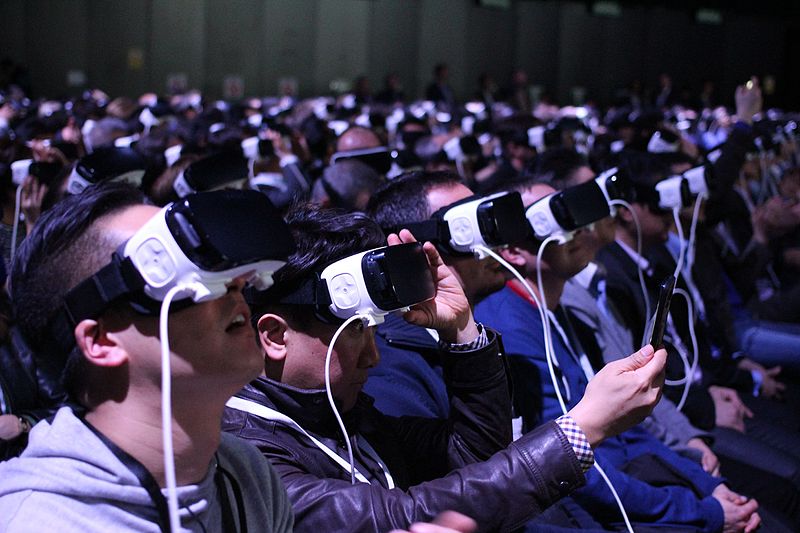The journalism world and the tech world have many things in common, but perhaps the biggest one is this: the pursuit of innovation. Tech companies pour billions of dollars annually into researching and developing new products, while journalists in newsrooms across the country relentlessly learn new reporting methods and ways of storytelling.
The benefits are undeniable: Complex stories come to life with VR. The RYOT media company utilized 360 technology to create the first war zone film in VR, and the story it told was more powerful than it would have been otherwise. VR also lets journalists and businesses engage with consumers and readers like never before. By simply requiring an interactive component, journalists can guide readers through their stories, but also allow readers to explore the content at their own pace. (For an example of that, check out my group project on Coolville, Ohio, here!)
Although this VR craze seems pretty great, it is important to keep perspective and treat it like, well, a craze. This is where the drawbacks of VR start to emerge. For all the acclaim, the technology itself is still very new and sometimes hard to operate. And by throwing all their time and energy into this new form of storytelling, journalists could be neglecting tried-and-true reporting methods that, although still effective, are less glamorous.
The lesson here is don’t get distracted by the silver shiny. It’s important for both journalists and tech companies to embrace the new, but that doesn’t mean abandoning the old. For the tech industry, that could mean developing VR products more completely before moving onto the next fad. For journalists, it means incorporating traditional reporting methods and ethical standards into VR stories. We won’t get it right every time, but practice makes perfect.

